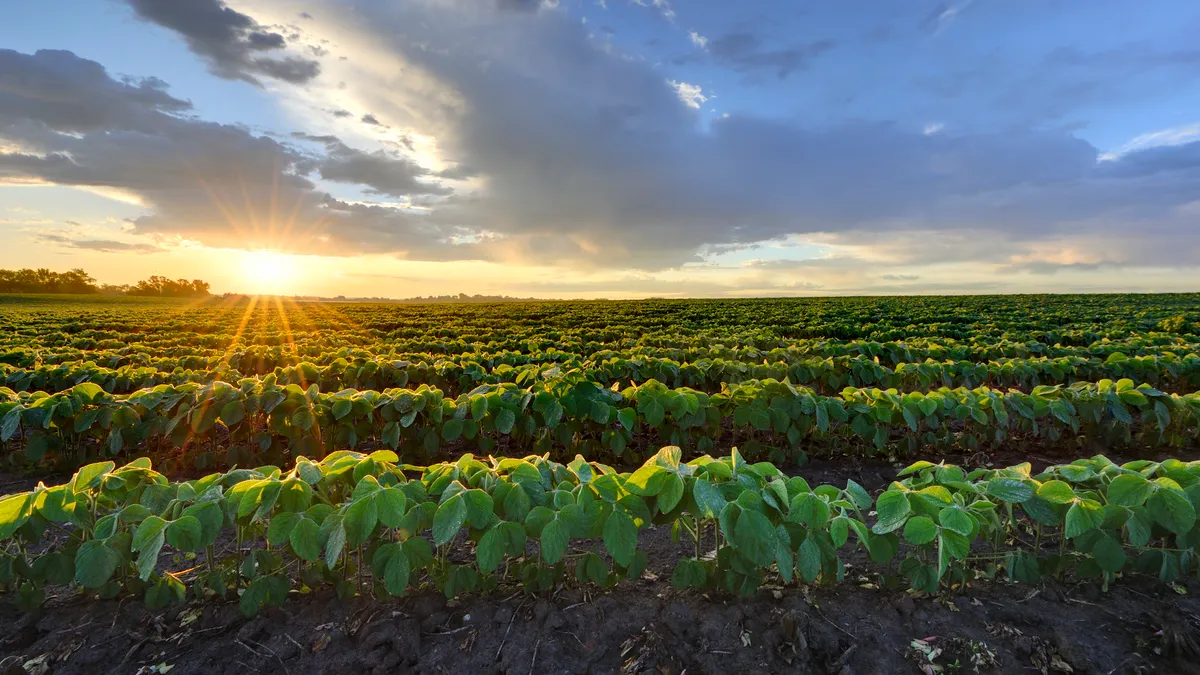Farmers producing organic crops like corn, soybeans, and wheat are facing financial challenges as commodity prices decline, according to a recent study by Argus.
As prices return to pre-pandemic levels, farmers are left struggling to cover their costs, leading to a record low net return of just $42 per acre, despite improved crop yields, according to the Argus report. The outlook for 2025 is similar.
“In the short term, the low ratio has pushed some operations to plant alternative crops in search of decreased costs or improved revenues,” the insight paper read.
The number of organic farms in the U.S. has declined by nearly 5% over the past five years, from 18,166 in 2017 to 17,321 in 2022, according to the latest Census of Agriculture data. If negative returns persist, more farmers may switch to conventional crops.
Furthermore, organic crop prices have dropped. Organic feed-grade corn fell to a record low of $7.78 per bushel, down $2.95 from last year, according to Argus. Organic soybean prices, while still higher than pre-pandemic levels, decreased to a three-year low of $20.07 per bushel.
“Organic farmers have been shifting acres into alfalfa and considering selling into conventional markets to deal with the low premiums,” according to the Argus study.
Argus warned that the outlook for 2024-25 is equally precarious. Based on current trends, organic farmers could face further financial challenges.
“At August price levels, with operating costs and yield holding constant with 2023-24, organic corn would produce a negative return of -$66/acre,” the report noted.
In contrast, sales for organic items have increased. The U.S. organic food market is estimated to be worth $88.04 billion in 2024, and grow to $255.65 billion by 2034











